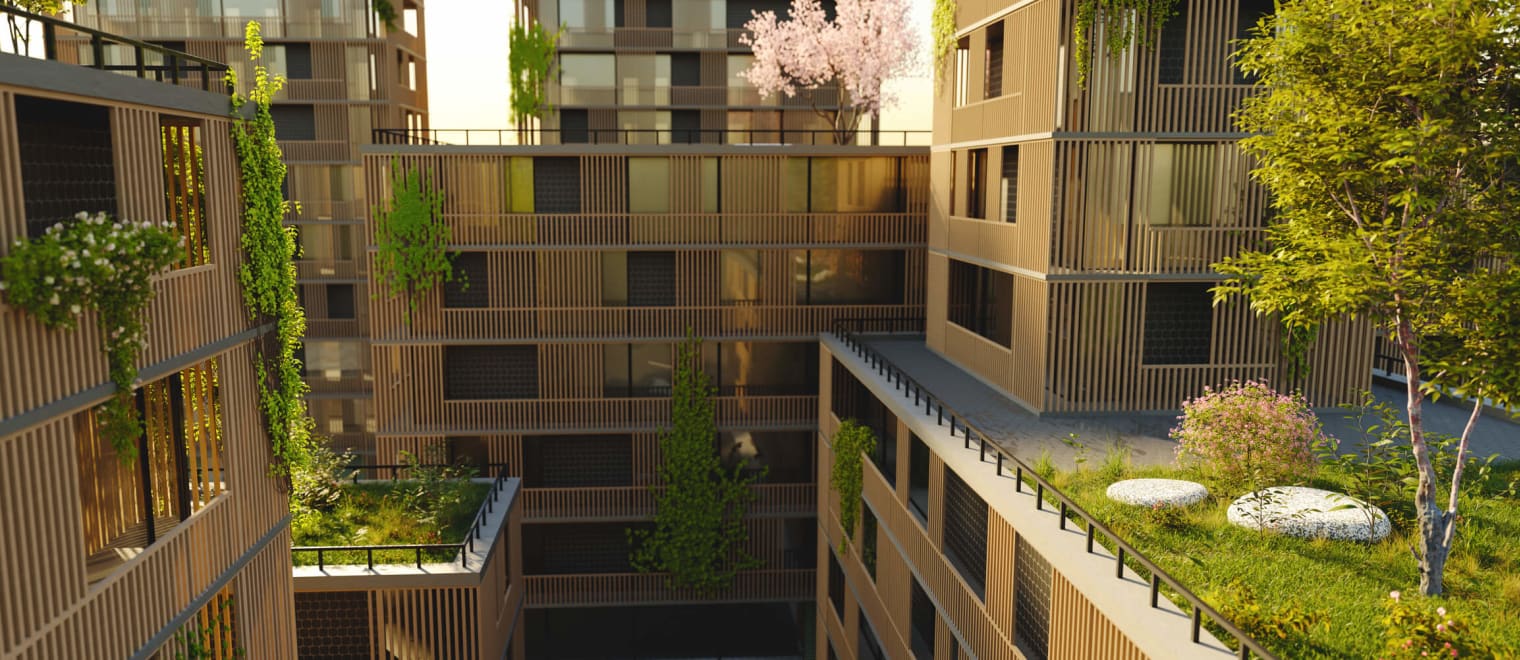This informal CPD article, ‘Energy Efficiency is the Key to Greater Accommodation - Here’s Why’, was provided by The Squa.re, a tech-enabled global accommodations company providing corporate and luxury serviced apartments in every major gateway city across the world.
As the world faces the undeniable challenges of climate change, industries everywhere are hitting the reset button to embrace more sustainable practices. The accommodation industry has the potential to be right at the heart of this transformation. Imagine having the power to shape the habits and comfort of millions of travelers every year. Corporate accommodations, serviced apartments, hotels, and vacation rentals have a golden opportunity—and a huge responsibility—to be trailblazers for sustainable practices and carbon reduction.
Energy efficiency might sound like a dry, technical topic, but it's actually the secret sauce in this eco-friendly recipe. It's about much more than cutting costs—it's about making guests feel right at home, boosting their well-being, and playing a vital role in protecting our planet. In this article, we'll dive into the many perks of energy-efficient properties, showing how they're not just good for the environment but also a big win for everyone who steps through their doors.
Environmental Impact
Buildings are significant contributors to global carbon emissions, and the accommodation sector is a major player in tourism's greenhouse gas emissions. According to a 2008 report by UNWTO-UNEP-WMO, the accommodation sector alone is responsible for 21% of CO2 emissions when comparing transportation, accommodation, and activities.
By ramping up energy efficiency and making our built assets more efficient, the accommodation industry can significantly reduce its carbon footprint, contributing meaningfully to the fight against climate change. As of 2022, the buildings sector accounts for a whopping 40% of Europe’s energy demand, according to the UN. This makes it a critical focus for decarbonization if we're to hit the ambitious NetZero target by 2050.
Energy-efficient buildings are champions in the battle against climate change. Considering the impact of accommodation and buildings on CO2 levels, reducing emissions in this area will get us closer to our goals. Efficient energy use doesn't just cut down on emissions; it also eases the demand for natural resources like coal, oil, and natural gas. By conserving these precious resources, we help protect ecosystems from the harmful effects of extraction and pollution, paving the way for a healthier planet for future generations.
Lowering our energy consumption has a ripple effect, contributing significantly to the reduction of heat-trapping greenhouse gasses in the atmosphere, crucial in mitigating the impacts of climate change.
The benefits don’t stop there. Energy-efficient buildings also foster healthier living environments, enhancing the overall comfort and well-being of occupants, creating spaces that are not only sustainable but also more enjoyable and healthy to live and work in.
Enhancing Guest Comfort
Energy-efficient buildings tend to feature thoughtful insulation and advanced HVAC systems, ensuring stable indoor temperatures year-round. This eliminates cold drafts in winter and prevents overheating in summer, creating a comfortable, well-insulated environment for guests. Additionally, modern energy-efficient systems incorporate high-quality air filtration, significantly reducing indoor pollutants and allergens. This results in fresher, cleaner air, enhancing guests' overall well-being and stay experience. Moreover, effective ventilation systems prevent moisture build-up, reducing the risk of mold, which can cause health issues and damage to the property.
By understanding your individual built assets and ensuring a well-insulated and ventilated space, you’ll not only contribute to a sustainable future and potential reduction in CO2 but also ensure a healthier, more pleasant living environment for all occupants and guests.
Enhanced insulation in buildings not only maintains a consistent temperature but also significantly reduces external noise, creating a quieter, more serene environment and helping guests enjoy a restful and peaceful stay.
Energy-efficient upgrades often involve modernizing lighting, window fixtures, and draught-proofing. A popular quick fix for fast results is installing LED lighting, delivering better illumination with minimal heat emission, enhancing both comfort and energy savings. High-efficiency windows provide clearer views and better natural light, elevating the property's aesthetic appeal and creating a more inviting atmosphere. Draught-proofing, a relatively inexpensive fix, prevents cold air from entering and warm air from escaping, leading to significant reductions in heating costs.
This increased efficiency means your heating system doesn't have to work as hard, saving you money on energy bills. By eliminating draughts, you can maintain a consistent and comfortable indoor temperature, enhancing the overall comfort of the living space and reducing the likelihood of cold spots and uneven heating throughout the building. This not only increases guest comfort but also reduces the need to keep the heating on or to heat to a one-size-fits-all level of thermal comfort, which is a popular and costly approach favored by many hotel providers.














